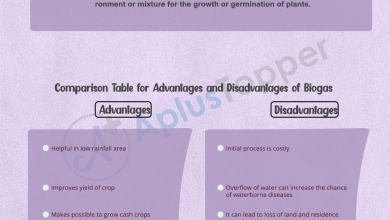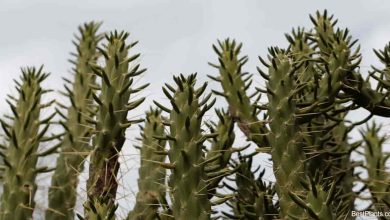Pomegranate Tree: [Cultivation, Care, Irrigation, Substrate, Pests and Diseases]
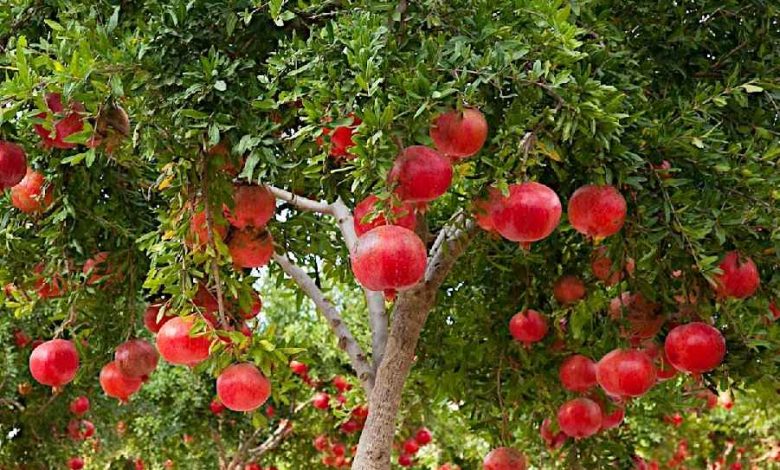
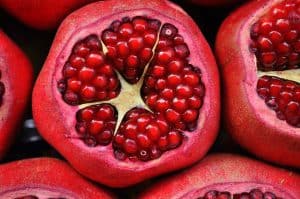 The pomegranate (Punica granatum) is a warm-climate tree that produces delicious-tasting fruits known as pomegranates.
The pomegranate (Punica granatum) is a warm-climate tree that produces delicious-tasting fruits known as pomegranates.
Its size is small and it is quite bushy in its structure of branches and leaves, which makes it a very interesting option; besides being considered an ornamental tree.
The origin of the tree was between Asia and Africa, but over time, its presence in Spain has increased a lot.
Anyone would like to enjoy the pomegranate tree in their garden, so what do you think if we see the information we have collected about its cultivation?
Important points when planting Pomegranate
- When? In spring.
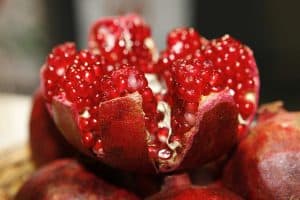
- Where? Outside, in an area where it receives the passing of the seasons and direct sunlight.
- How do we prepare the land? It does not need preparation because it is not demanding.
- How should we water? By drip.
- How often do you have to water? In summer, twice a week. The rest of the year, once a week.
- What pests and diseases does it have? As for pests, aphids can be counted. Diseases are summed up to botrytis.
Pomegranate Characteristics
- Botanical name: Punica granatum.
- Common name: Pomegranate or Granada.
- Plant type: Shrub, small tree.
- Size: From 30 centimeter dwarf forms to 9 meter tall trees.
- Sun exposure: Full sun.
- Soil Type: Will grow in most types, but must be well drained.
- Soil pH: Acid, neutral, alkaline (5.5 to 7).
- Hardiness Zones: 7-10 (USDA).
- Native area: From Iran to northern India.

The pomegranate is a deciduous tree, a size that does not exceed six meters in height and has a striking structure.
The branches produce thorns, so great care must be taken when picking the fruits or carrying out the pertinent care it requires.
The tree produces red flowers that are very pleasing to the eye and remain on the tree between the months of May and August. This period gives way to the production of fruits, known as pomegranates based on their internal structure, which is with small coated balls.
The pomegranate is round in shape, no larger than 12 centimeters in diameter and with a fairly thick shell.
Inside, the balls that contain the seeds have a delicious flavor and it is precisely in them that people delight in their consumption.
Where should we plant a pomegranate? temperature and light
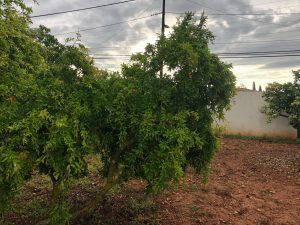 The pomegranate is a tree that is capable of withstanding droughts, but it also needs the rest that winter offers.
The pomegranate is a tree that is capable of withstanding droughts, but it also needs the rest that winter offers.
For this reason, it is an exclusive species outdoors, in a clear area because it needs sunlight and the high temperatures of summer.
In case of planting in semi-shade, there are possibilities that its ability to produce a good amount of flowers and fruits will be affected.
This condition does not necessarily imply that it is in the garden soil, since due to its small size it can also be kept in a pot.
When should a pomegranate be grown? The dates
The appropriate time is in spring, ensuring that it maintains a good watering in its early stages.
It should also be taken into account that the roots are very delicate, so they must be placed in the ground very delicately, without mistreating them.
How do we prepare the land?
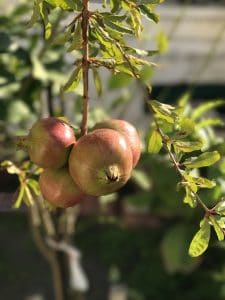 The pomegranate is a tree that adapts very well to all types of terrain, even if it has a certain percentage of salt.
The pomegranate is a tree that adapts very well to all types of terrain, even if it has a certain percentage of salt.
What is essential is that it has good drainage, since it needs plenty of water in summer and if waterlogging occurs, it will affect it.
How to plant a pomegranate step by step?
The planting of the pomegranate responds to two possibilities: the cuttings or the seeds.
Method 1: Through seeds
- The seeds are placed in seedbeds and, from there, the germinated plant will be obtained.
- It is important to ensure that the seedbed receives plenty of sunlight and always has very good moisture in the substrate.
- This process should not exceed 25 days to observe the first roots.
Method 2: Using cuttings
- The cuttings, on the other hand, are taken from a branch that will be worked with rooting agents.
- This branch is going to be buried in a pot with universal substrate, which must be cleaned at its base to achieve at least 5 centimeters of depth.
- This pot, as long as it does not generate roots, must be in semi-shade.
What care does the pomegranate need?
Irrigation
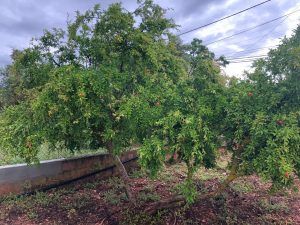 Irrigation is essential when it comes to a species of pomegranate that produces fruits, since there are some variations that only produce flowers.
Irrigation is essential when it comes to a species of pomegranate that produces fruits, since there are some variations that only produce flowers.
Especially in the first year of life, it is necessary to carry out a correct programming during periods of drought.
In general, the pomegranate tree could withstand up to 40º C of environmental temperature, as long as it is well hydrated. During the rest of the year, waterings could range from once a week to once every two weeks.
the fertilizer
Regarding the fertilizer, the pomegranate tree will be at the free discretion of whoever sows it, since it does not need it but it can be added in order to offer a greater production of fruits.
In any case, it is very important that it is a good quality organic fertilizer.
If you decide not to pay, but you want to improve the structure of the land, a layer of mulch will also work.
pruning
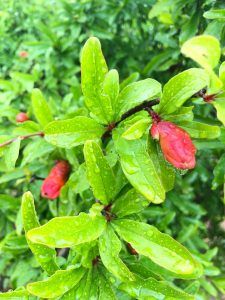 Pomegranate pruning is important because it must be carried out every year, towards the end of winter.
Pomegranate pruning is important because it must be carried out every year, towards the end of winter.
During this pruning time, it will be essential to remove the parts that are affected, whether you see withered leaves or dry branches.
It is also a good plan to remove suckers and branches that affect each other. In this case, you will have to decide on the one that looks in the best condition.
In the case of this tree, it is also important to take into account the harvest time of the pomegranates. This is because when they overripe on the tree, their structure could open up and cause birds and insects to start eating them.
The ideal is to wait until the beginning of November, but no later than that.
What pests and diseases does the pomegranate have?
There are many varieties of pests and diseases that attack you, but there are also good alternatives to solve the situation.
The pests
In terms of pests, there are aphids, the auger and the soot cochineal.
The diseases
In the case of diseases, the most common is botrytis, which is caused by a fungus.
In the event that the pomegranate suffers from any of these problems, the use of potassium soap or neem oil, ecological insecticides and fungicides will be the best.
I have had many flowers but no fruit. What is wrong with my pomegranate tree?
Pomegranates begin to bear fruit about 3 years after planting.
More mature plants preserve flowers and fruits better (they have less fall).
Conditions that negatively affect the yield of older trees are over-irrigation, poor drainage, over-fertilization, and lack of sunlight.
Cross-pollination is not necessary in pomegranates, but planting more than one tree (even of the same type) can increase the number of fruits it bears.
How do we know when we can harvest our pomegranates?
- The different varieties of pomegranates begin to be ready from August to November.
- The color of the rind and arils are good indicators that the pomegranates are ready to be picked.
- As the pomegranate matures, it changes from perfectly round to more hexagonal in shape and the kernels swell. The stem and flower ends of the fruit begin to flatten.
- The skin of the fruit goes from being shiny to having a more matte or rough finish.
- Ripe fruits detach easily from the stem. (it is better to cut the fruit from the tree)
- Still not sure? Taste one to see if she’s ripe. If the fruit starts to split, it’s time to harvest.
- Ripe fruits left on the tree often fall off, signaling that the time has come to harvest.
- If you hear a metallic sound when hitting the fruit, it is most likely ready to eat.
- Once the fruits ripen on the tree, do not leave them on the tree, as they can start to split.
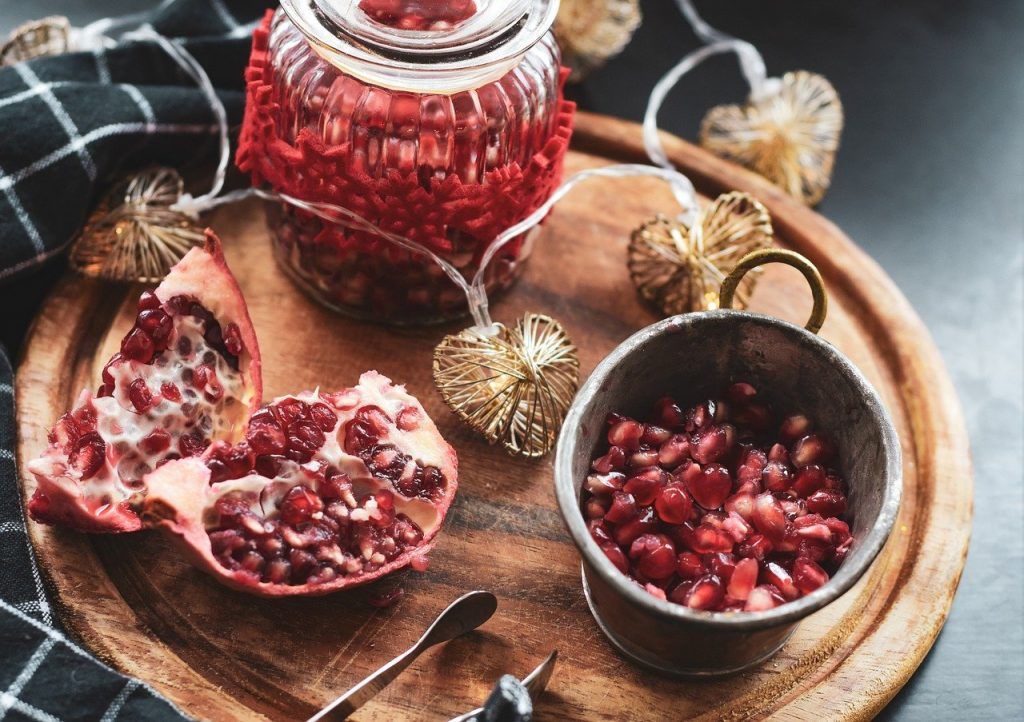
Why do my pomegranates appear to be rotten inside?
Pomegranates are susceptible to Alternaria and Aspergillus fruit rot; both cause fruit rot, as fungus can grow inside the fruit after rains.
Bed bugs can carry a fungal yeast that can cause the arils to darken and shrivel. Try to remove old fruit, cracked fruit and dead branches to reduce the incidence of the fungus.
Avoid overwatering and water stress, which can cause cracks in the fruit and allow entry of disease.
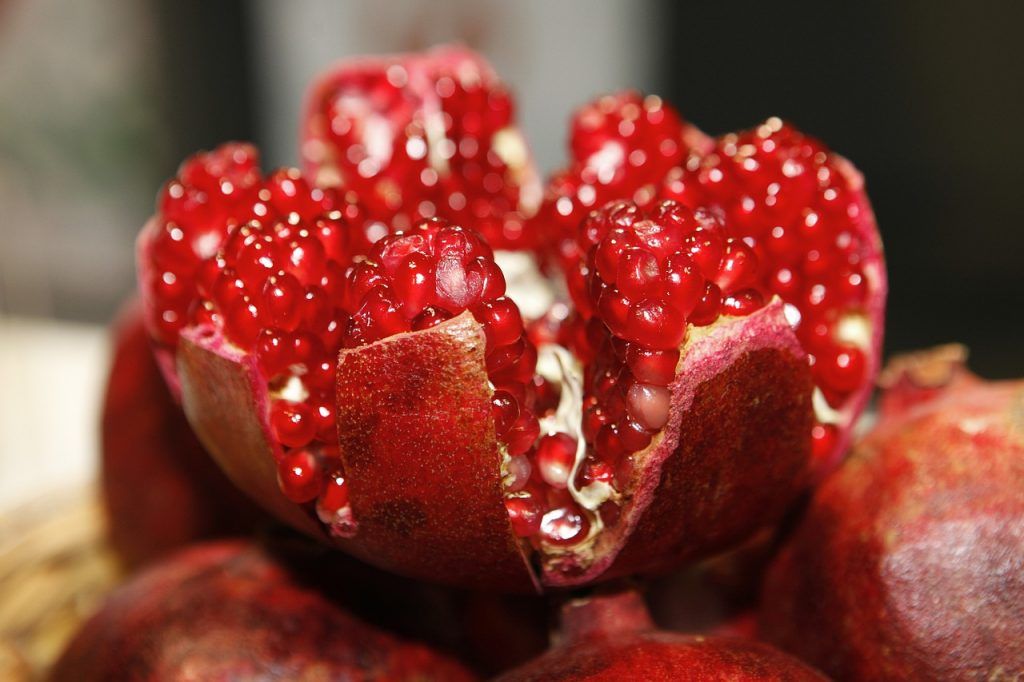
My pomegranate tree has leaf bugs, what can I do?
Leaf bugs have mouthparts that pierce and suck juices from ripe fruit. These pests can damage entire crops if left unchecked. If they are a problem for your pomegranate, the following tips may help:
- Learn to identify all stages of leaf bugs: eggs, nymphs and adults.
- Examine plants early in the season and frequently (daily or several times a week) for all stages of the bug. Eliminates and destroys all forms of leaf bugs. Early detection and removal are key to controlling them.
- For best results, check for pests in the morning, as insects are less likely to fly away.
- Look for its rope-shaped eggs under the leaves.
- Neem oil or insecticidal soap can help, but only in the young nymph stage.
- Eliminate leaf bug hibernation sites, such as woodpiles, weeds, debris, and hollow grenades left in the tree or on the ground.
How long does a pomegranate live?
A pomegranate is a long-lived fruit tree that can live up to 300 years in the right conditions.
However, its maximum vitality is around 90 years, so it will be necessary to work with rejuvenation pruning so that its fruit production continues.
How long does it take to grow a pomegranate?
The pomegranate tree reaches its maximum height between 10 and 12 years after planting.
How long does it take to produce fruit?
The pomegranate tree is capable of flowering after 3 years of life, but it will not yet be ready for a positive harvest.
This will happen around age 5.
Can it be grown in a pot?
Yes, you can have pomegranate trees in pots and enjoy them in climates with cold winters, since they can be protected indoors.
How many times does a pomegranate produce fruit?
The pomegranate tree is capable of producing up to 3 cycles of fruit in the same period, although in reality it is the same process.
What happens is that it is a species where the flowers are born in a staggered way and the same thing happens with the ripening of the fruit.
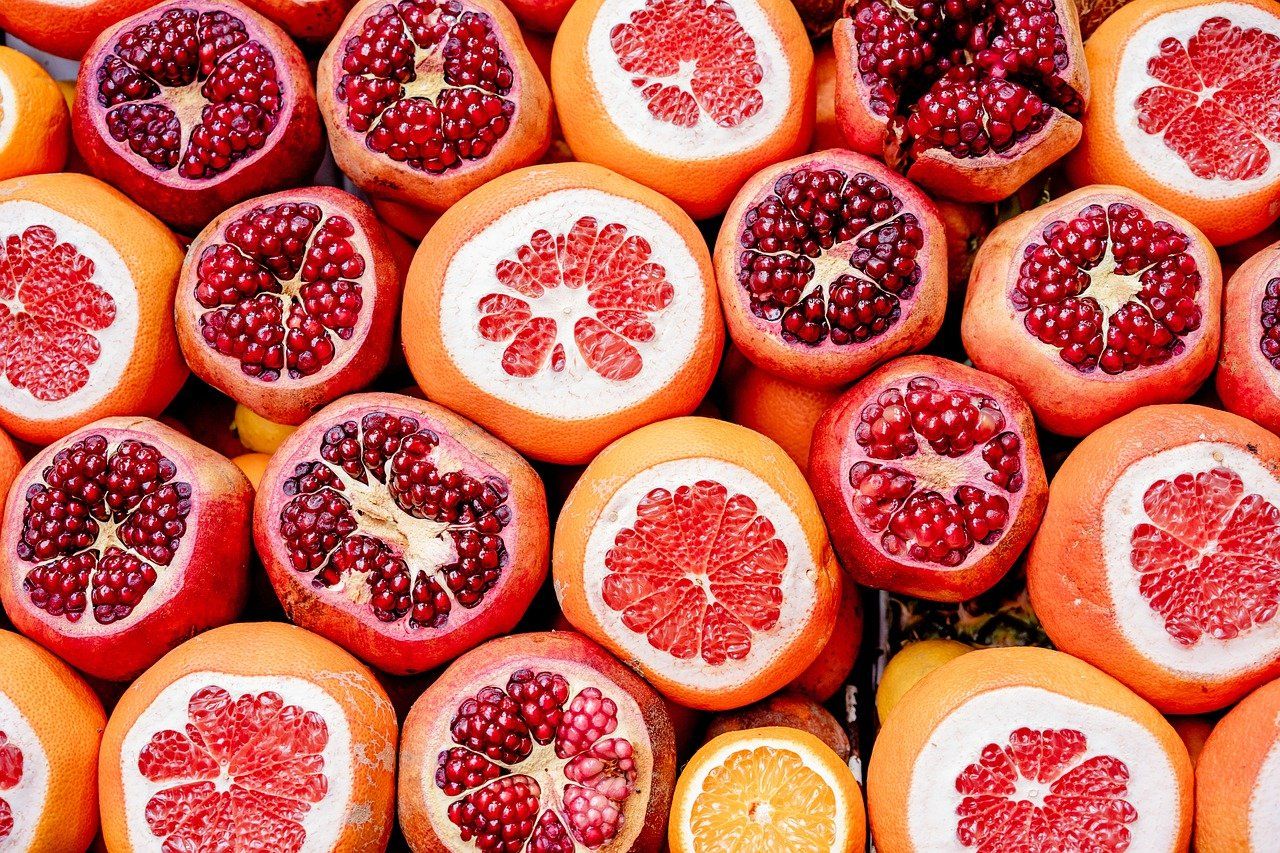
Should a pomegranate tree be pollinated to obtain fruit?
It is not necessary to pollinate because pomegranates carry out this process on their own. That is, they are self-pollinators.
How cold can a pomegranate tree tolerate?
The pomegranate tree is capable of tolerating more or less cold winters down to -12° C.
How many pomegranates can be planted per hectare?
In one hectare of land you can have between 500 and 800 specimens depending on the environmental conditions and the separation that exists between one and the other.
What kind of fertilizer does a pomegranate tree need?
For a garden plant it is advisable to work with a balanced NPK fertilizer at a ratio of 10-10-10.
How much heat and/or drought can a pomegranate tree tolerate?
It is a tree that prefers temperate climates, but even so, it can tolerate up to 35° C if it is offered the necessary support in irrigation, because it does not tolerate drought.


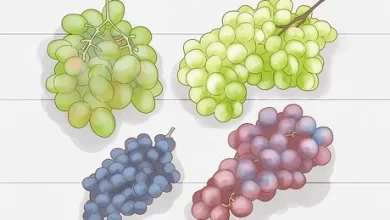
![Photo of Marijuana Cuttings: [Associations, Best Time and Planting]](https://www.complete-gardening.com/wp-content/uploads/2022/08/marijuana-cuttings-associations-best-time-and-planting-390x220.jpg)
